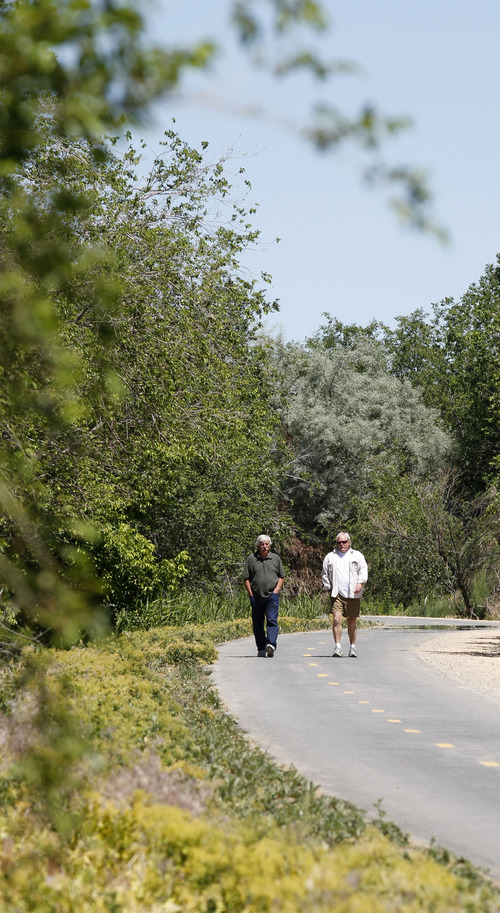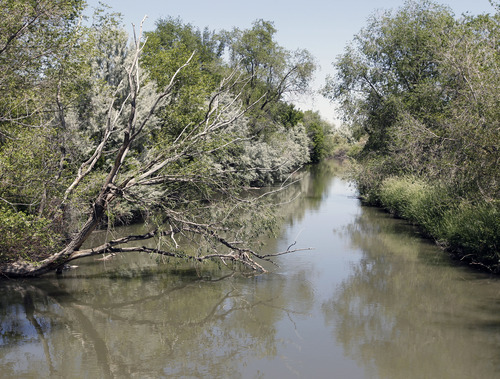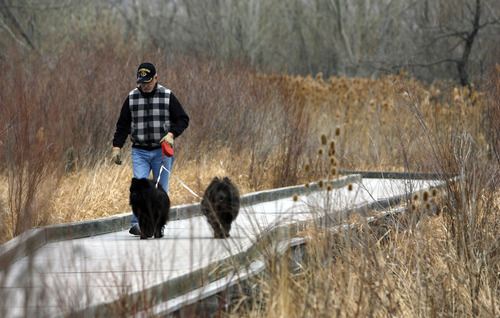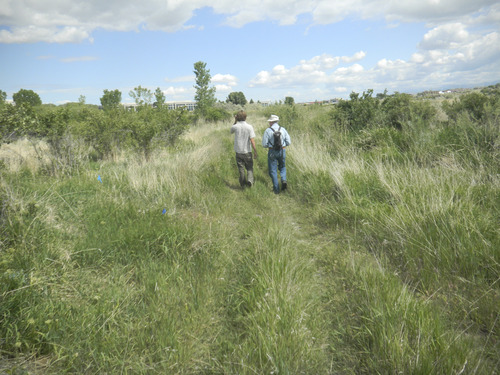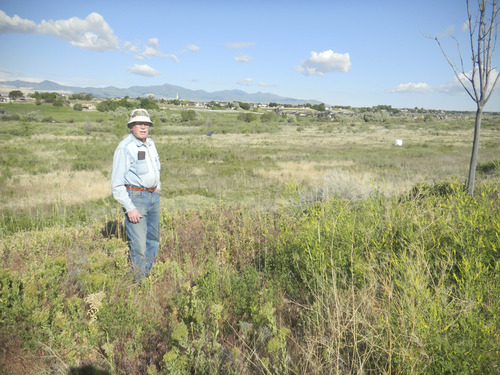This is an archived article that was published on sltrib.com in 2014, and information in the article may be outdated. It is provided only for personal research purposes and may not be reprinted.
Salt Lake County leaders are declaring their commitment to preserving open space in the Jordan River corridor.
The County Council recently unanimously endorsed the idea of the county declining to participate in any Community Development Area (CDA) if the project infringed on the open space flanking the river in its 40-mile passage through the Salt Lake Valley.
A CDA is a mechanism in which a taxing entity helps developers finance projects through rebates of projected tax-revenue increases for the purpose of promoting economic growth.
The council's statement, said Councilman Richard Snelgrove, "should be strong in its wording because it's important we err on the side of the Jordan River in terms of the message we send to the development community."
To get that unanimous vote of support, however, several council members needed assurances that this commitment was not irreversible.
"If someone came in with a development that enhanced the river, we would look at it, wouldn't we?" Councilman Max Burdick wondered aloud, noting that San Antonio and numerous other communities around the country have turned their rivers into popular gathering places with development projects.
"If it would make it better," Burdick added, "we ought to have the option."
Republican Councilwoman Aimee Winder Newton, who joined with Democrat Jim Bradley in raising the policy issue, assured Burdick that the county's position "is not getting rid of development, period, along the river."
What it does, pitched in Council Chairman Michael Jensen, is send the message that "if a city and a developer want to go ahead" with a project that enters the Jordan River corridor, "just don't ask us [for financial assistance] if it doesn't fit the profile."
None of the council members could remember the county being asked to participate in a CDA, or any other kind of redevelopment area, that crossed into the riverfront open space identified as valuable in Blueprint Jordan River.
That 2008 plan is intended to "promote understanding of the importance of the corridor/parkway, recognizing it as a regional environmental, recreational, educational and economic amenity."
But if a project does come up — a couple of references were made to South Jordan's discussion of developing what is now Mulligans Golf Course at 10600 South — Jensen said the policy's goal is to encourage cities not to change the zoning of land now designated as open space along the river.
"We don't have the legal authority to tell a city you can't rezone a piece of land," he added, "but we're trying to send the message we like it as open space."
Even if the policy is nonbinding and could be changed down the road, county Mayor Ben McAdams called it a "market maker," likely influencing the price of development in sensitive areas and challenging the willingness of builders to pursue projects there.
"We want to see the process bolstered," McAdams said, characterizing protection of the river corridor as "a great way for the county to step into a role as a regional leader, enacting a meaningful mission."
Added Bradley, a longtime advocate of protecting open space: "Once [a development] goes in, it never comes out. You have to protect [the river corridor] every day. You can't put too high of a value on it."
Twitter: @sltribmikeg



